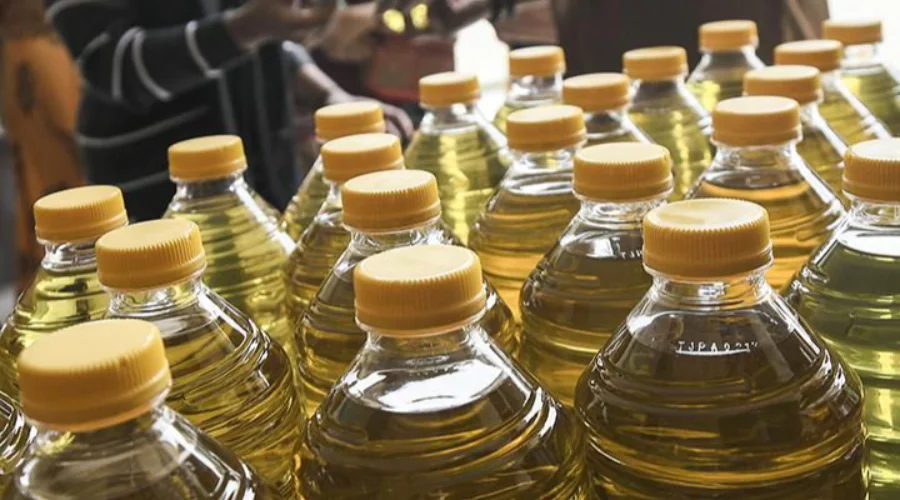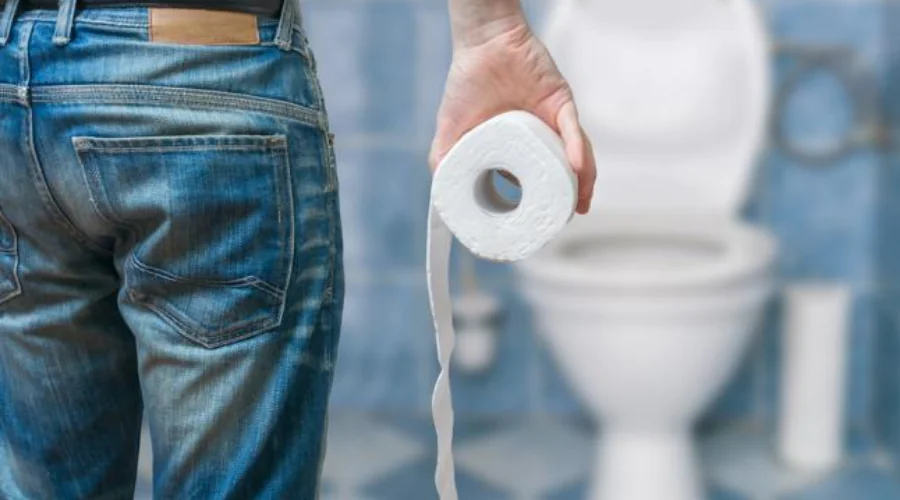
- 18 Mar
- 2022
Ilustrasi gambar (ANTARA)
UM Surabaya Researcher: Here's How to Distinguish Genuine and Fake Cooking Oils
The soaring price of cooking oil made people panic, because cooking oil is a staple that is very close to the community, because it is generally used to meet their daily needs.
"Cooking oil is a food ingredient that has the main composition in the form of triglycerides which come from vegetable ingredients and have gone through a purification process," said Vella, a researcher at UM Surabaya who is also a Lecturer in the Bachelor of Applied Technology Medical Laboratory (TLM) Study Program.
Vella explained that the high price of cooking oil in the market also added to his vigilance, because many parties then offered cooking oil at a much lower price than the market. This makes people doubt whether the cooking oil is genuine or fake.
There are several things that can be done by the general public to detect the authenticity of cooking oil, namely through the organoleptic test which is a test using the human senses as a product measurement tool.
"Organoleptic tests can be carried out including detection of color, smell, appearance and texture," explained Vella again.
One way that can be done to see whether the cooking oil is genuine or fake is to look at the color of the cooking oil. Genuine cooking oil has a yellow to pale yellow color, if a color other than that is seen or a darker color is found, it can be declared abnormal or it is considered fake cooking oil.
“Smell detection can also be done to test the authenticity of cooking oil. Cooking oil has a distinctive smell, namely the smell of coconut or tends to be odorless. If there is a distinct odor or no odor, the oil is declared normal," he added.
However, if you smell other odors, such as rancid, fishy and other odors, it can be stated that the cooking oil is abnormal or fake. This smell can appear because fake cooking oil is usually an artificial cooking oil or a combination of new and used oil.
Finally detect the appearance or texture. Another way that can be used to test the authenticity of cooking oil is to look at the appearance or texture of the cooking oil. Real cooking oil generally has a liquid and runny texture, while fake cooking oil usually tends to have a thicker texture, considering that fake oil is made from used oil, so of course it has been used for frying repeatedly.
"As a result, the content of cooking ingredients in the form of fat, flour and so on will make the texture of fake oil thicker when compared to real oil which has never been used for frying before," he explained.
At the end of his statement, he advised the public that it is important to detect the authenticity of cooking oil considering the dangers posed by using counterfeit cooking oil which can cause serious health problems.
"When food is processed using fake cooking oil it will trigger free radicals which can damage cells and tissues in the body when we consume food processed using used cooking oil," he concluded.










(0) Comments